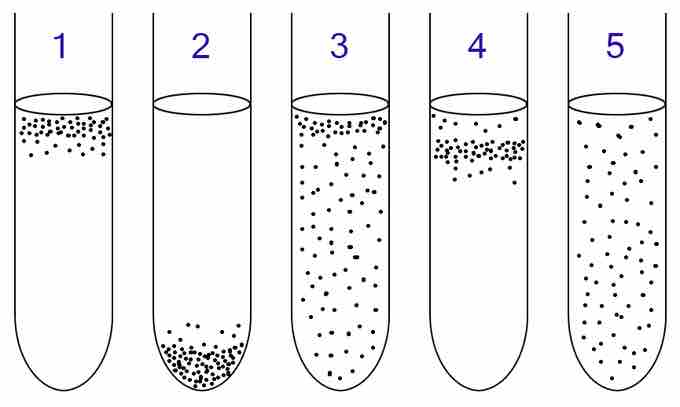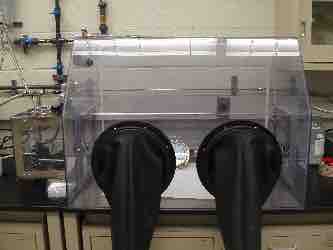An aerobic organism or aerobe is an organism that can survive and grow in an oxygenated environment. Several varietis of aerobes exist . Obligate aerobes require oxygen for aerobic cellular respiration. In a process known as cellular respiration, these organisms use oxygen to oxidize substrates (for example sugars and fats) in order to obtain energy. Facultative anaerobes can use oxygen, but also have anaerobic (i.e. not requiring oxygen) methods of energy production. Microaerophiles are organisms that may use oxygen, but only at low concentrations. Aerotolerant organisms can survive in the presence of oxygen, but they are anaerobic because they do not use it as a terminal electron acceptor.

Identity of aerobic and anaerobic bacteria
Aerobically different bacteria behave differently when grown in liquid culture: 1) Obligate aerobic bacteria gather at the top of the test tube in order to absorb maximal amount of oxygen. 2) Obligate anaerobic bacteria gather at the bottom to avoid oxygen. 3) Facultative bacteria gather mostly at the top, since aerobic respiration is advantageous (ie, energetically favorable); but as lack of oxygen does not hurt them, they can be found all along the test tube. 4) Microaerophiles gather at the upper part of the test tube but not at the top. They require oxygen, but at a lower concentration. 5) Aerotolerant bacteria are not affected at all by oxygen, and they are evenly spread along the test tube.
An anaerobic organism or anaerobe is any organism that does not require oxygen for growth. It could possibly react negatively and may even die if oxygen is present. For practical purposes there are three categories : obligate anaerobes, which cannot use oxygen for growth and are even harmed by it. Aerotolerant organisms, which cannot use oxygen for growth, but tolerate the presence of it. And finally, facultative anaerobes, which can grow without oxygen but can utilize oxygen if it is present.
Since normal microbial culturing occurs in atmospheric air, which is an aerobic environment, the culturing of anaerobes poses a problem. Therefore, a number of techniques are employed by microbiologists when culturing anaerobic organisms, for example, handling the bacteria in a glovebox filled with nitrogen or the use of other specially-sealed containers.

Glovebox
Terra Universal 100 Glovebox
The GasPak System is an isolated container that achieves an anaerobic environment by the reaction of water with sodium borohydride and sodium bicarbonate tablets to produce hydrogen gas and carbon dioxide. Hydrogen then reacts with oxygen gas on a palladium catalyst to produce more water, thereby removing oxygen gas.